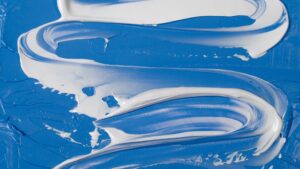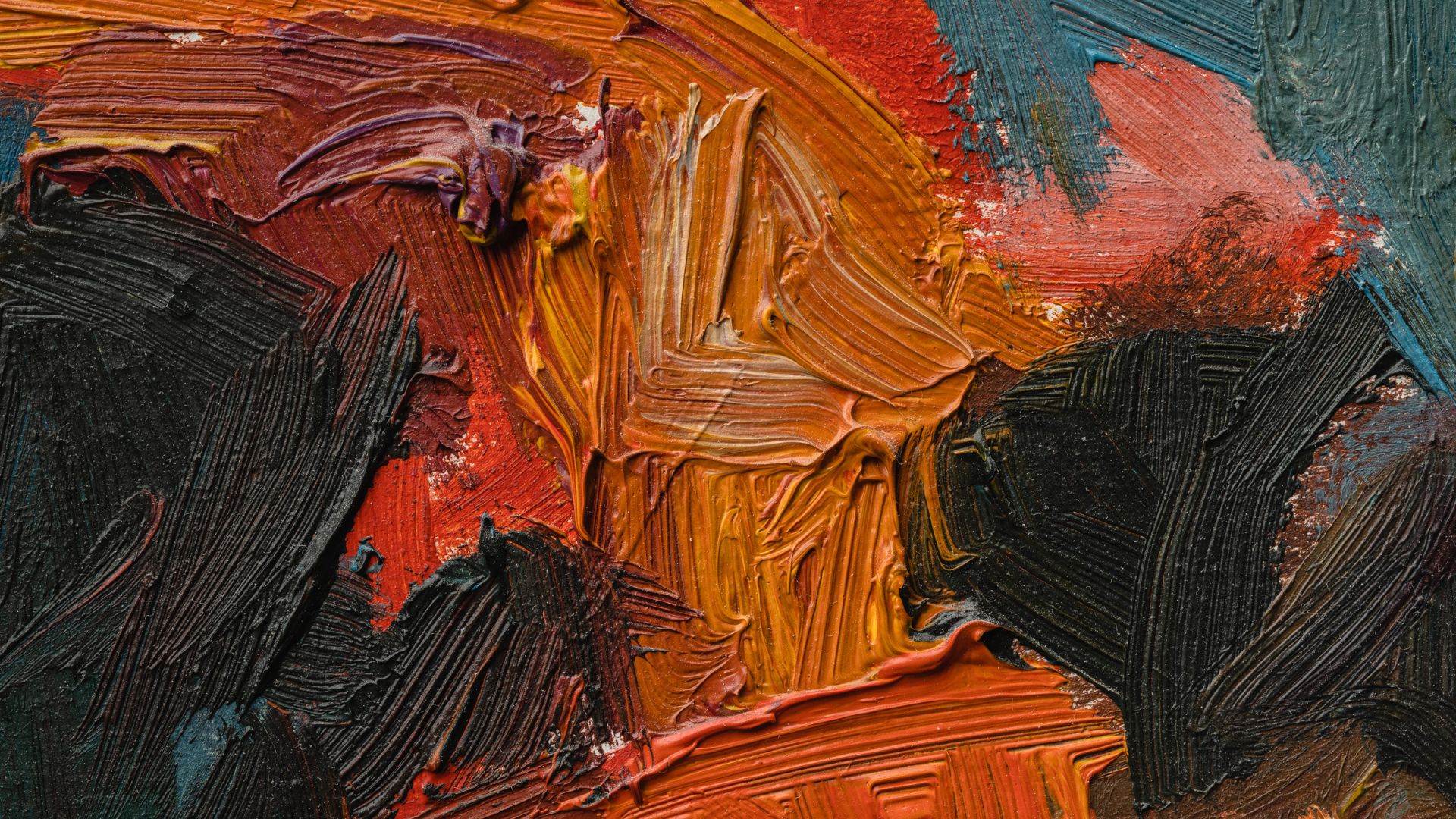When you’re creating art on canvas using wall paint, waiting for it to dry can feel like an eternity. Thankfully, there are a few tricks to expedite the drying process without compromising your artwork’s quality.
Choosing the Right Paint
The type of wall paint you use matters significantly. Opt for acrylic wall paint rather than oil-based options. Acrylics dry relatively quickly compared to oils, allowing you to build layers faster.
Thin Layers and Proper Ventilation
Applying thin layers of paint helps speed up drying. Multiple thin coats dry faster than one thick layer. Also, ensure good ventilation in your workspace. Opening windows or using fans aids in evaporation, accelerating the drying process.
Heat and Air Circulation
Harnessing warmth is another effective method. Placing your canvas near a heater (at a safe distance to prevent damage) or using a hairdryer on a low setting gently speeds up drying. Be cautious with heat; excessive heat can cause cracks or uneven drying.

Adding Drying Agents
Certain additives or mediums can be mixed with paint to expedite drying. Look for “fast-drying” mediums available in art stores, which help paint dry quicker without altering its quality.
Patience and Testing
Even with these methods, patience remains key. Rushing the drying process entirely can compromise your artwork. Always test any new technique or medium on a small area of your canvas before applying it widely.
So,….
Creating art on canvas with wall paint is a beautiful endeavor, and waiting for it to dry need not be a test of patience. Using the right paint, applying thin layers, ensuring proper ventilation, utilizing gentle heat, incorporating drying agents, and exercising patience, you expedite the drying process without sacrificing the quality of your artwork.
External Resources:
Let’s dive deeper into each method to help you understand how to apply these techniques effectively.
Understanding the Techniques to Expedite Drying:
1. Type of Paint: Acrylics vs. Oils
- Acrylic Paint: Known for its quick-drying properties, acrylic paint is water-based and dries through evaporation. It’s ideal for faster artwork creation.
- Oil-Based Paint: Oil paints dry through oxidation, a slow process that gives artists more time to work and blend colors but can take days or weeks to fully dry.
2. Layering Techniques: Thin vs. Thick Layers
- Thin Layers: Applying paint thinly allows for quicker evaporation, expediting the drying process. It also prevents cracking that can occur with thick layers.
- Thick Layers: While adding texture and depth, thicker layers significantly prolong drying time.
3. Ventilation and Airflow
- Natural Ventilation: Opening windows or doors allows fresh air to circulate, aiding in faster evaporation.
- Artificial Ventilation: Fans or air circulation systems can accelerate the drying process by promoting airflow.
4. Heat Application
- Gentle Heat: Using a hairdryer on a low setting or placing the canvas near a heater can speed up drying. But remember, excessive heat can cause paint to crack or bubble.
5. Drying Agents and Additives
- Fast-Drying Mediums: Acrylic mediums designed to expedite drying without compromising paint quality are available in various types (gel, fluid, etc.).
6. Patience and Testing
- Trial and Error: Every painting surface and environmental condition can differ. Test these methods cautiously to understand their impact on your specific artwork.
Conclusion:
Working with wall paint on canvas can be a fulfilling artistic experience. Utilizing acrylic paints, applying thin layers, ensuring ventilation, using gentle heat, incorporating drying agents, and exercising patience collectively contribute to expediting the drying process.
Remember, the balance between speed and quality is crucial. Always prioritize the integrity of your artwork over rushing the drying process.
Integrating these methods into your artistic process, you efficiently create captivating pieces while minimizing the waiting time for the paint to dry.
Comparison tabular
| Techniques | Description | Effect on Drying Time | Considerations |
|---|---|---|---|
| Type of Paint | Acrylics: Water-based, quick-drying. Oil-Based: Slower drying, more blending time. | Acrylics dry faster than oils. | Consider the desired painting style and time constraints. |
| Layering | Thin Layers: Promote faster evaporation. Thick Layers: Prolong drying, may cause cracking. | Thin layers dry quicker. | Balance thickness for texture without compromising drying time. |
| Ventilation | Natural or artificial airflow aids evaporation. | Improves overall drying time. | Ensure the workspace is adequately ventilated for effective airflow. |
| Heat Application | Gentle heat from a hairdryer or heater speeds up evaporation. | Accelerates drying but can cause cracks if too hot. | Use heat cautiously to prevent damage to the paint or canvas. |
| Drying Agents | Fast-drying mediums added to paint expedite drying without compromising quality. | Speeds up drying time. | Experiment with different mediums to find the most suitable for your artwork. |
| Patience & Testing | Trial and error approach to understand the impact of each technique on your specific artwork. | Essential for finding the right balance between speed and quality. | Test on a small area before applying widely; patience is key in achieving the desired results. |
This table summarizes the key aspects of each technique, helping artists identify which methods align best with their artistic preferences and time constraints.
Wrapping up
In the world of art, the drying time of wall paint on canvas can be a crucial factor, especially when you’re eager to bring your vision to life. Thankfully, various techniques can help speed up this process without compromising the quality of your artwork.
Opting for acrylic paints, applying thin layers, ensuring proper ventilation, gently introducing heat, exploring drying agents, and exercising patience, artists significantly reduce the waiting time for paint to dry.
Remember, each technique has its nuances and effects on the final outcome. Balancing speed with quality is key. Experimentation, patience, and understanding your specific artwork’s needs will guide you toward finding the perfect approach for your creations.
So, embrace these techniques as tools in your artistic arsenal. Let them enhance your process, allowing you to focus more on your creativity and less on waiting for the paint to dry. Happy painting.

For over a decade, I’ve been Mike, an artist, crafter, and designer deeply immersed in the Croc world. I thrive on crafting unique, size-inclusive patterns, fostering creativity, and sharing them on ktforum.com. My designs aim to ignite your creative spark and delight you, ensuring clarity and ease of use through rigorous testing. Join me in expressing your creative flair and showcasing your craft with joy.
Related Posts
- How Long Does Wall Paint Take to Dry on a Canvas
When venturing into the world of art, understanding the nuances of different mediums is key.…
- Can You Paint Over Existing Wall Paint on Canvas
If you're an aspiring artist or someone enthusiastic about trying their hand at painting, you…
- Ensuring Longevity: Wall Paint on Canvas
When it comes to painting, the canvas serves as an artist's playground, a surface that…
- Exploring Temporary Art with Wall Paint on Canvas
When it comes to art, experimentation knows no bounds. Have you ever considered using wall…

